Shoreline Erosion Control
Purpose/Function:
Depending on the design, structural shoreline erosion controls can help shorelines withstand wave impact, retain the protected earth on the bank, trap sand, and, in general, may very effectively prevent fast land erosion at the site of protection.
Initiation protocol:
Design considerations are paramount to a successful implementation strategy and choice of structural format chosen.
Public acceptance:
As more living shorelines are constructed regionally, the public’s understanding and acceptance continues to grow.
Implementation Factors (level of difficulty):
Difficult.
Purpose/Function:
Currently, private landowners pay for most the projects utilizing the Structural Shoreline Control BMP. Funding exists for the design and/or implementation of living shoreline on public property through Chesapeake Bay Trust grants, and Chesapeake and Atlantic Coastal Bays Trust Fund grants. The Maryland Department of Natural Resources has a low/no cost loan program for use in certain applications as well. The National Oceanic and Atmospheric Administration Restoration Center provides financial and technical assistance for estuarine and riparian habitat restoration projects that restore and stabilize eroding shorelines throughout the Chesapeake Bay watershed.
Costs:
Costs estimated as $ per linear foot of practice installed.
| Cost Estimates | EPA | MDA | Average |
| Initial | $85 | $100.33 | $92.67 |
| Annual | $8 | $- | $4 |
| Lifespan (yrs) | 20 | 15 | 20 |
| Annualized | $12.25 | $6.69 | $9.47 |
Load Reduction Efficiency:
Average Total Nitrogen removed per linear foot of practice per year = 0.02 lbs.
Cost per pound removed = between $314 and $366
Average Total Phosphorous removed per linear foot of practice per year = N/A
Cost per pound removed = between $2,675 and $3,04
Average Total Suspended Solids removed per linear foot of practice per year = 2.0 lbs.
Cost per pound removed = $3.40
Operation & Maintenance:
Periodic inspection of the practice (annual) is suggested and should involve removal of large debris that might cover or shade wetland vegetation.
Climate Change Considerations:
While current Army Corps of Engineers guidance is limited on climate change, the guidance in part states that feasibility studies should consider which designs are most appropriate for a range of possible future rates of (sea level) rise. Designs that would be appropriate for the entire range of uncertainty should receive preference over those that would be optimal for a rate of rise but unsuccessful for other possible outcomes.
Planning Questions to Consider:
Consideration to fetch (distance of open water impacting a shoreline) and energy level of the exposed shoreline will determine the appropriate method to implement.
Technical Notes:
Several Eastern Shore contractors are well-versed in the construction of shoreline erosion control methods.
Helpful Links:
Local Project Examples:
Description: Constructed 200 linear feet of living shoreline on middle Chester River
Funding Source: Chesapeake Bay Trust
Cost: $100,000 for design and build
Description: 484 linear feet of living shoreline constructed along Kirwin Creek in Chester (Kent Island)
Funding Source: NFWF
Cost: $55,185
Related Best Management Practices
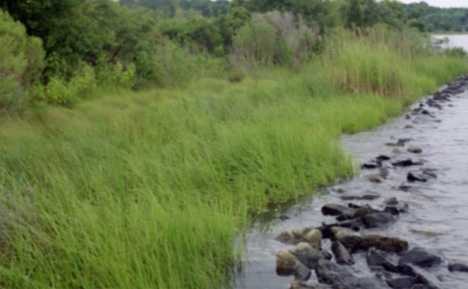
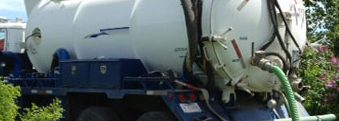


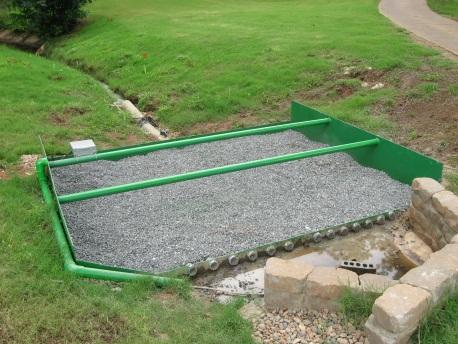

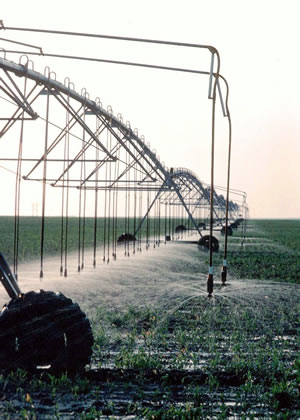
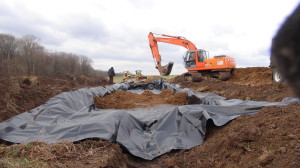
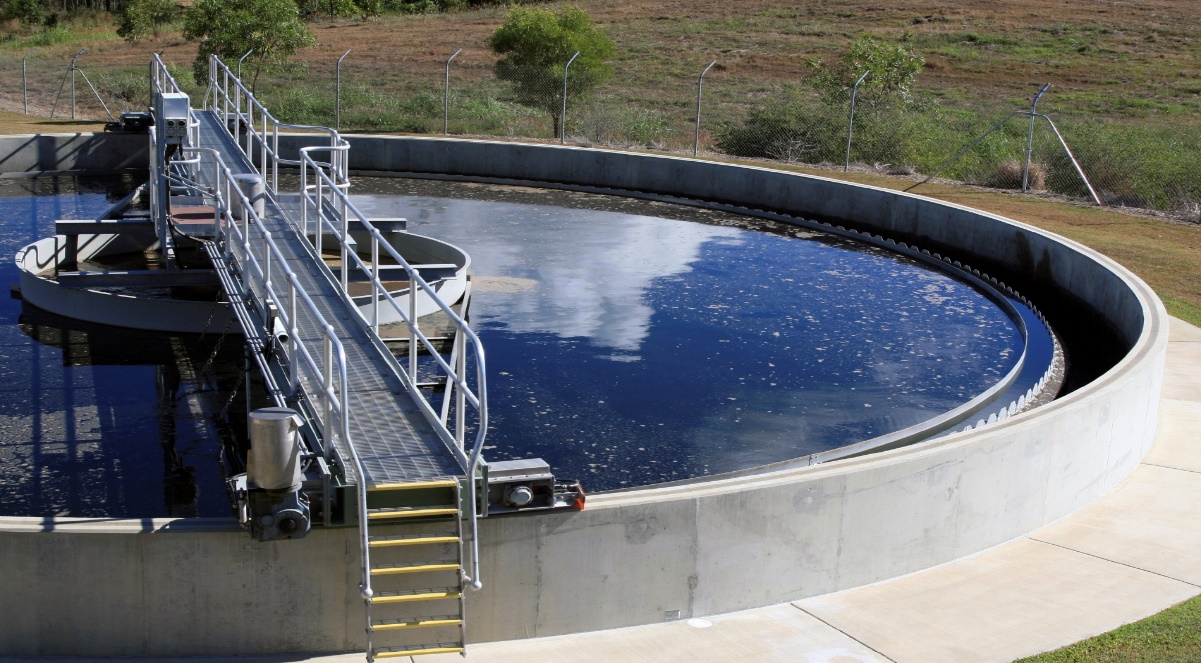


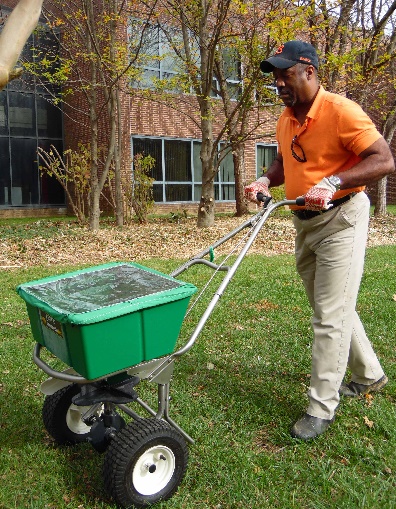

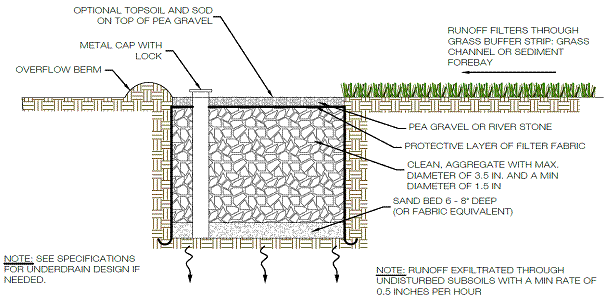
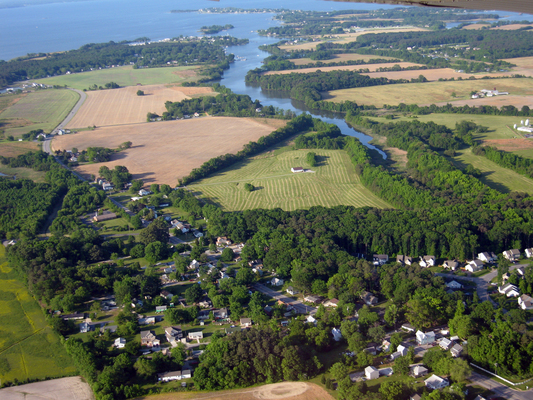
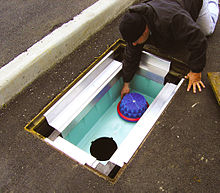

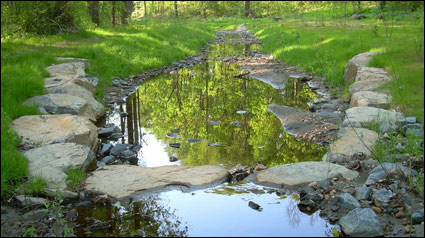
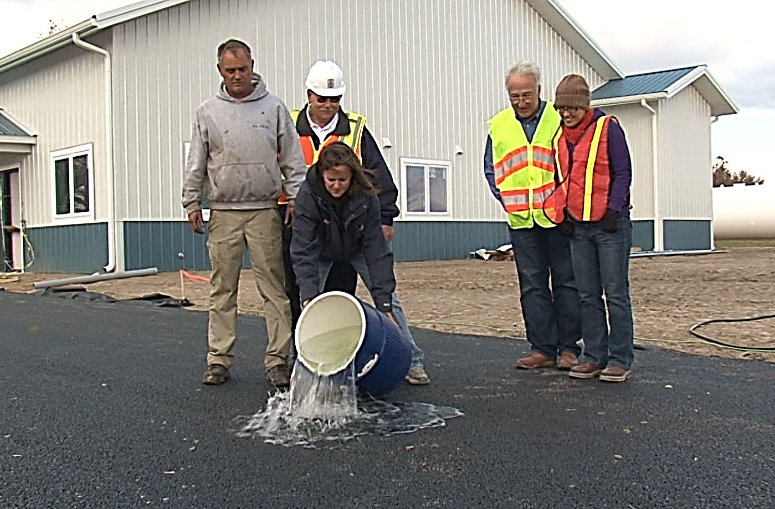
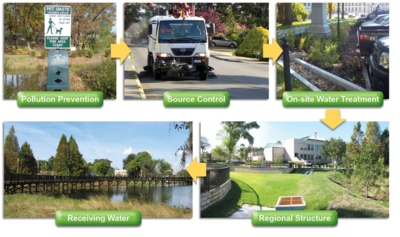
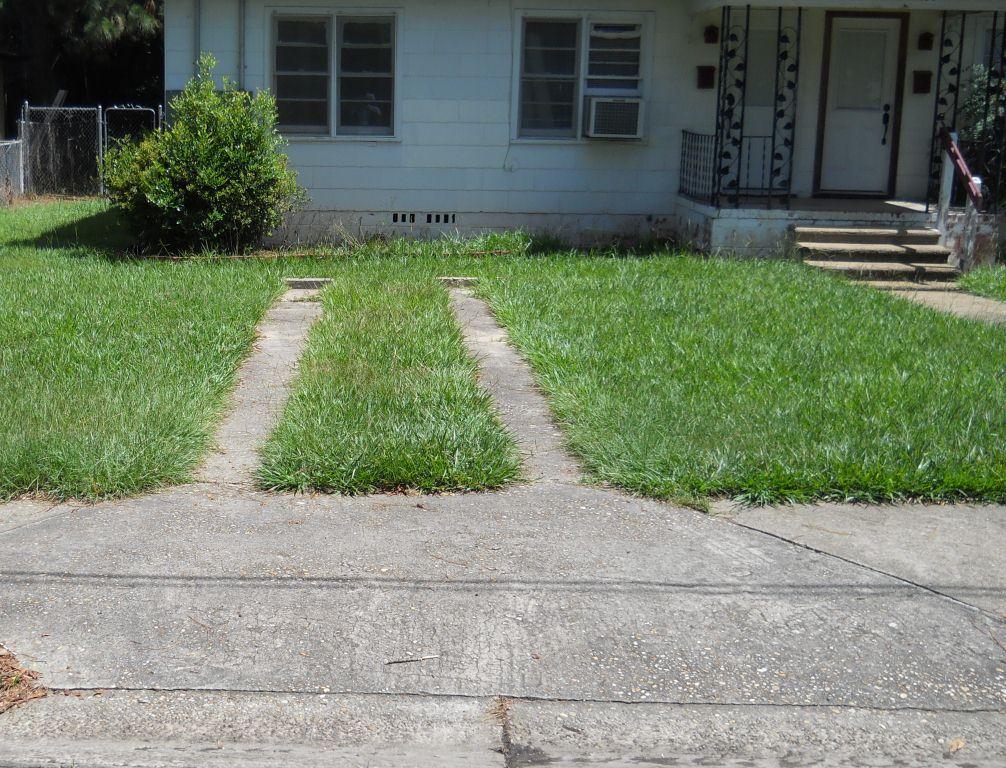
Feedback on This Best Practice